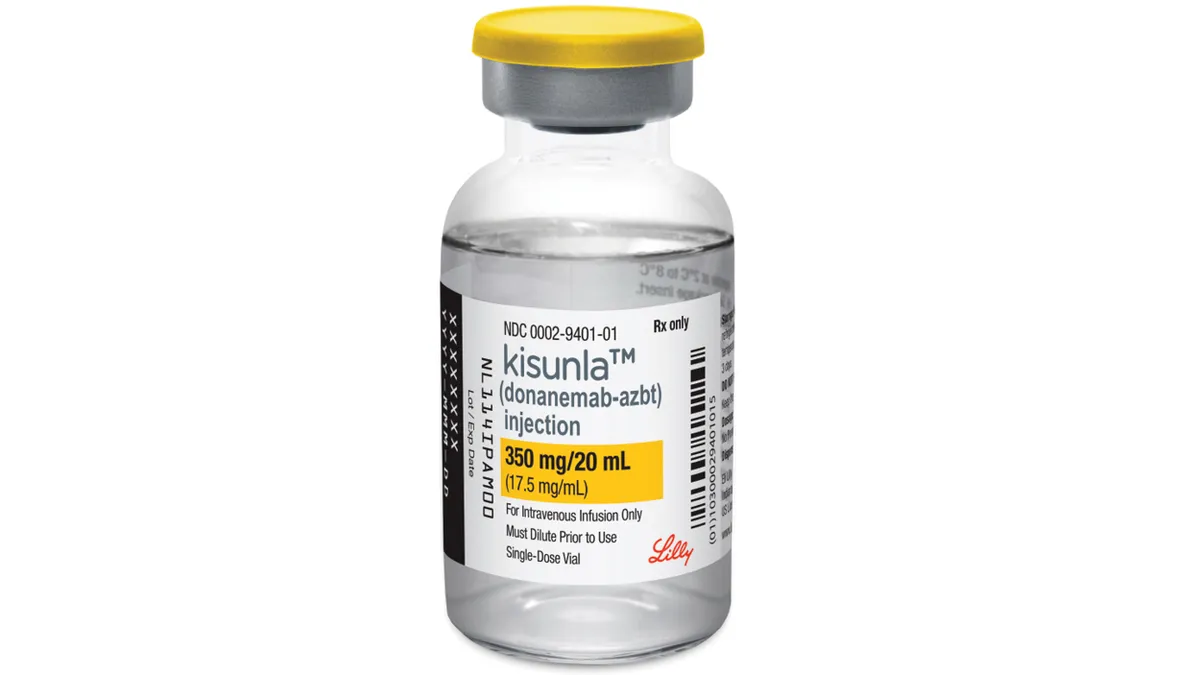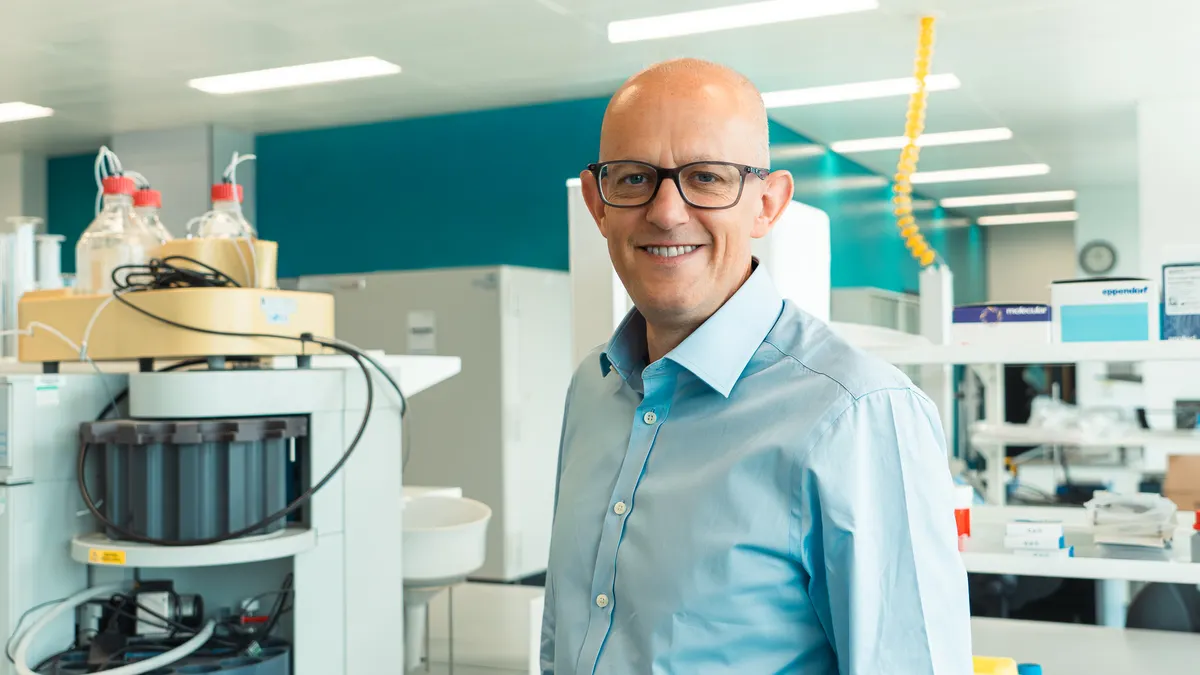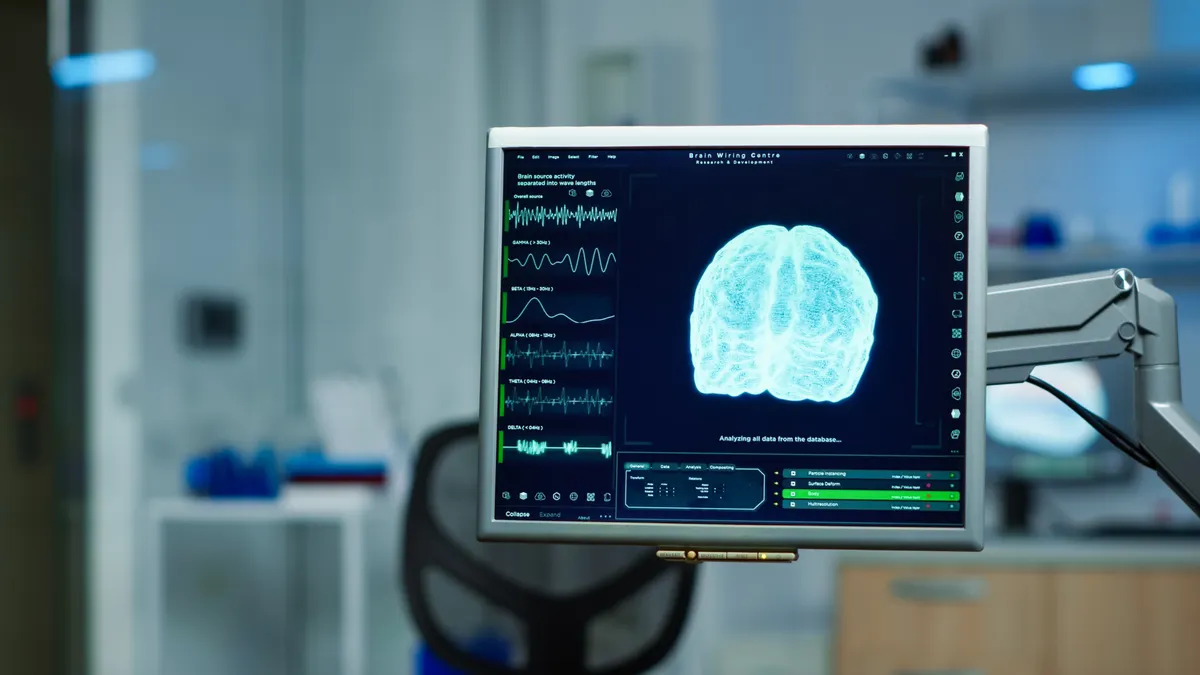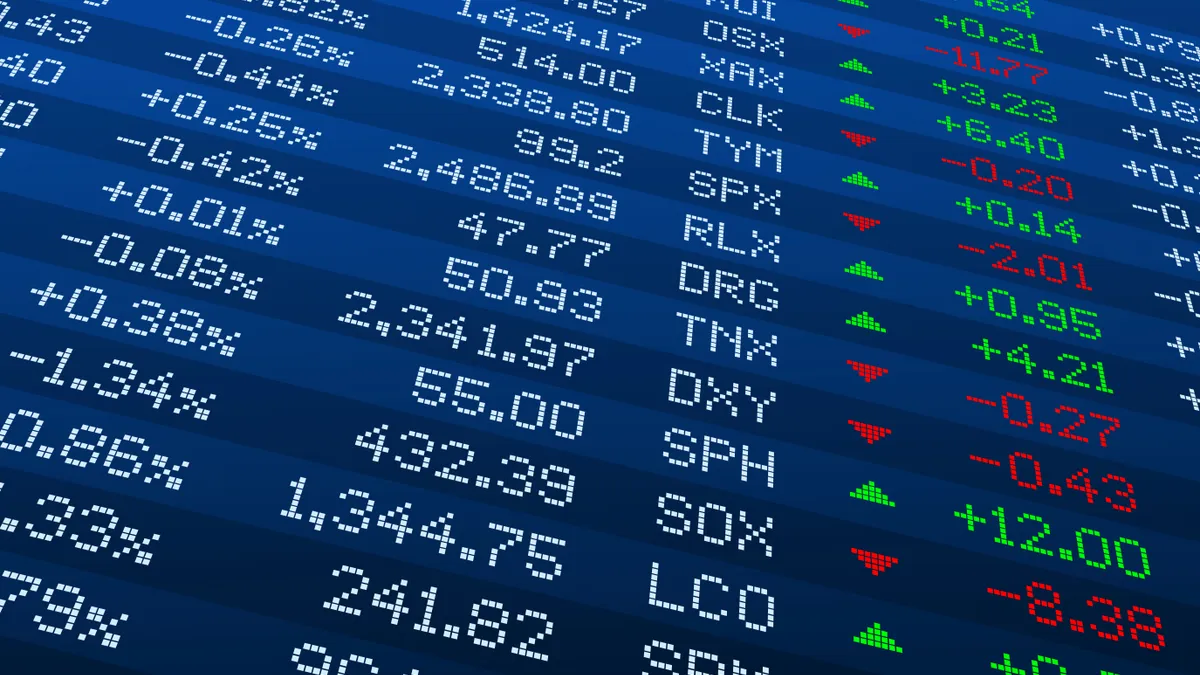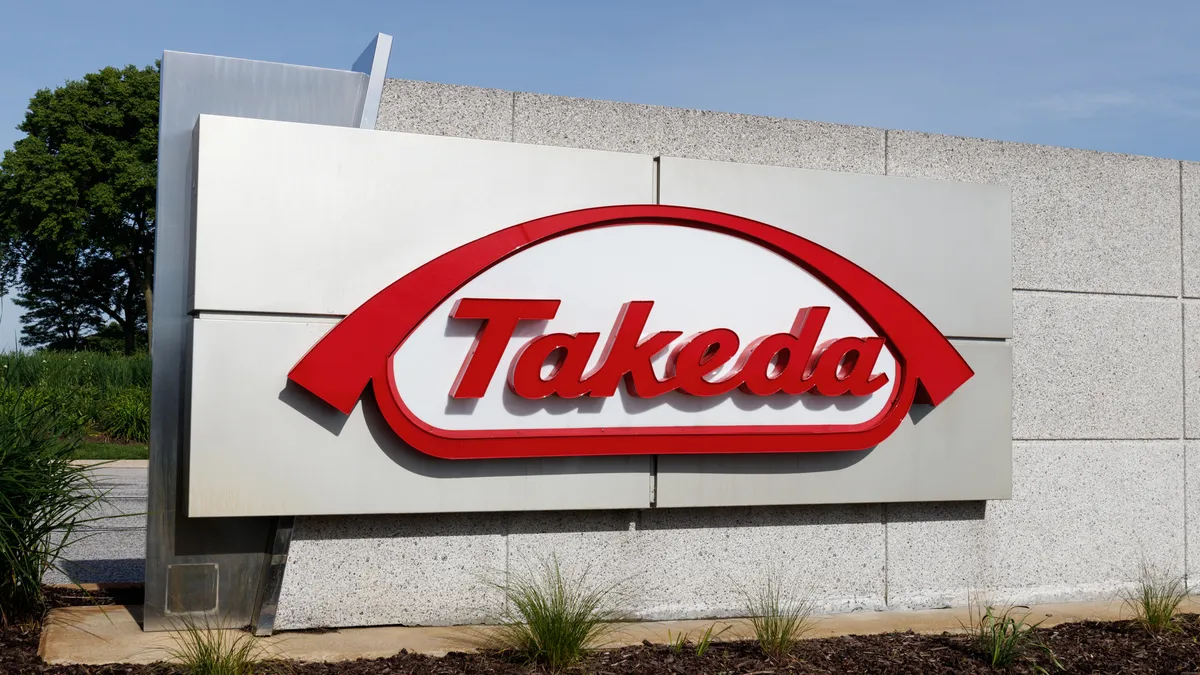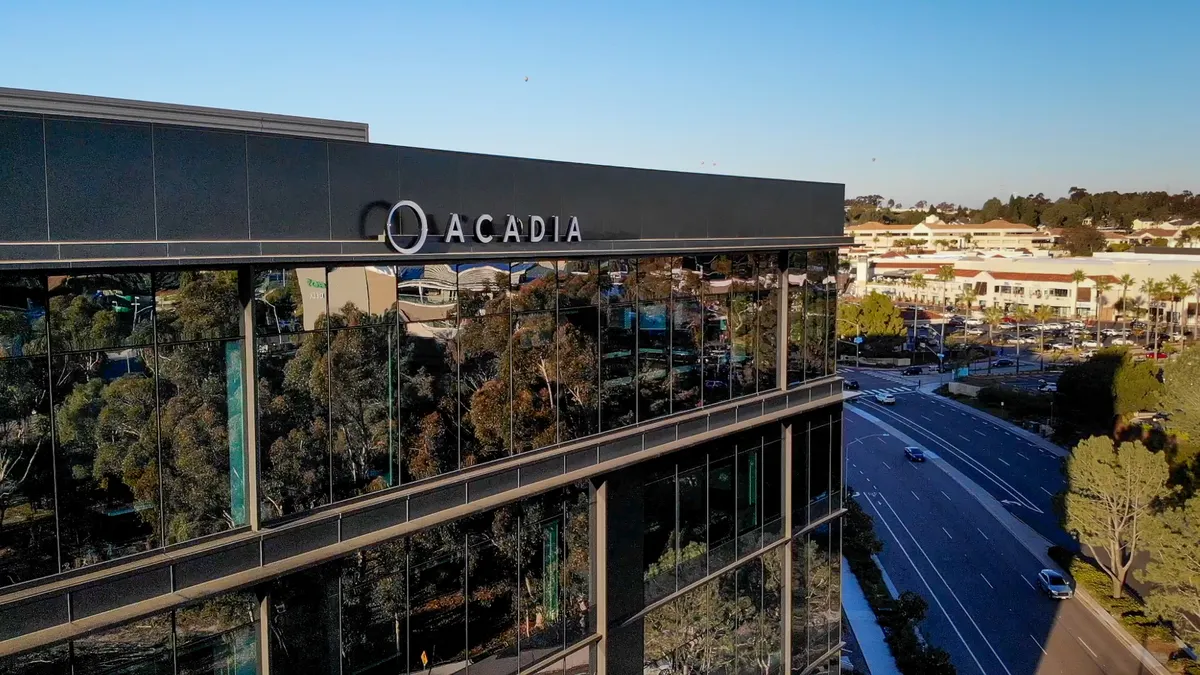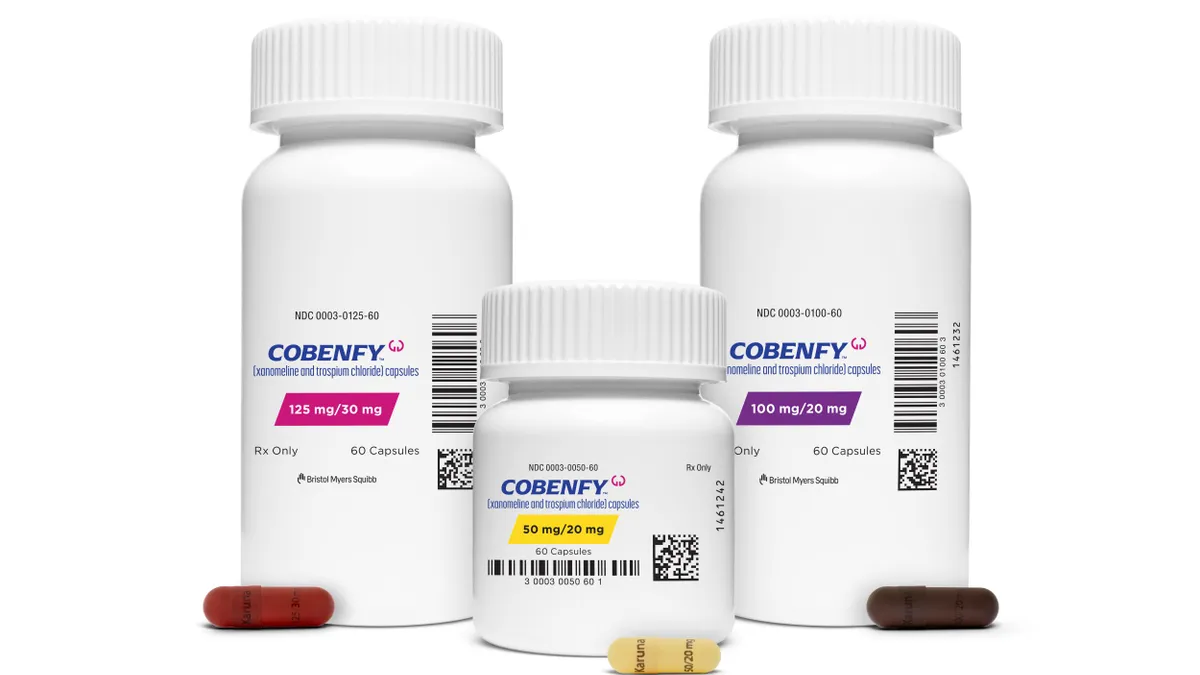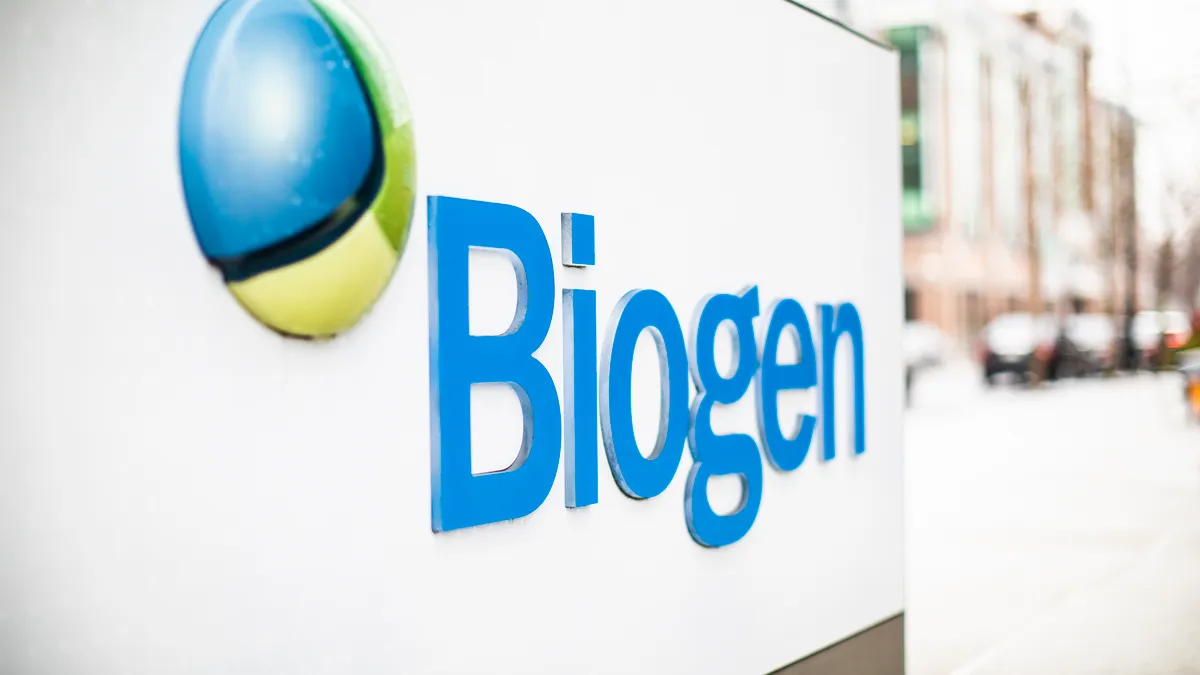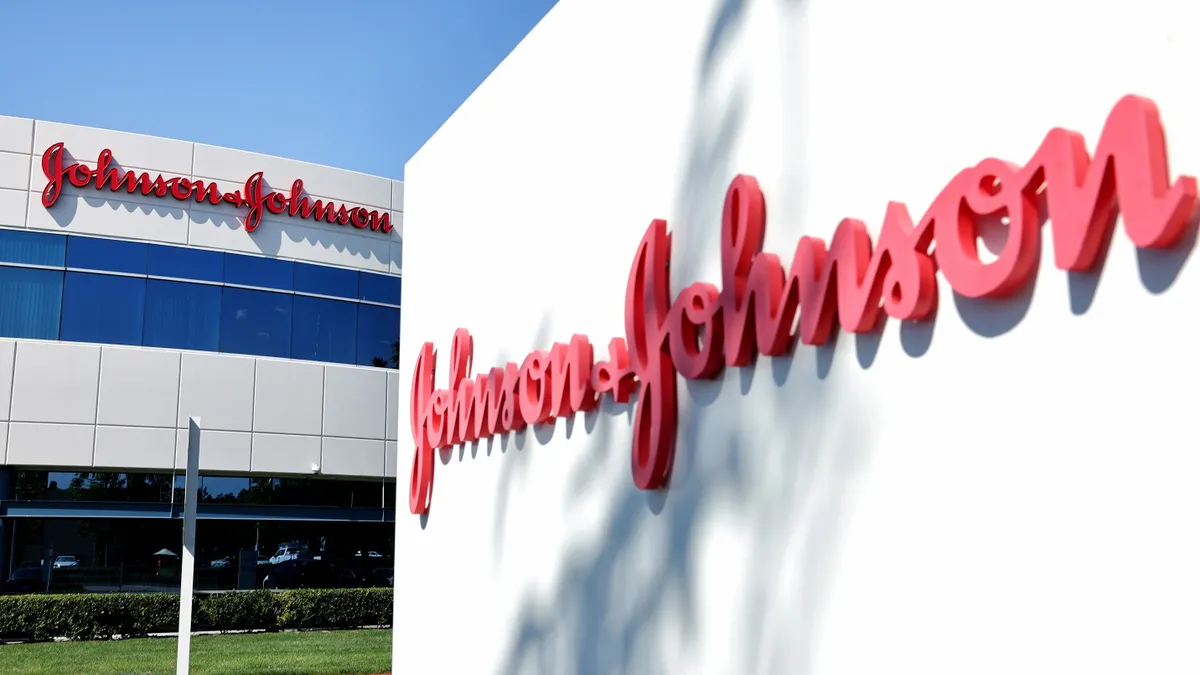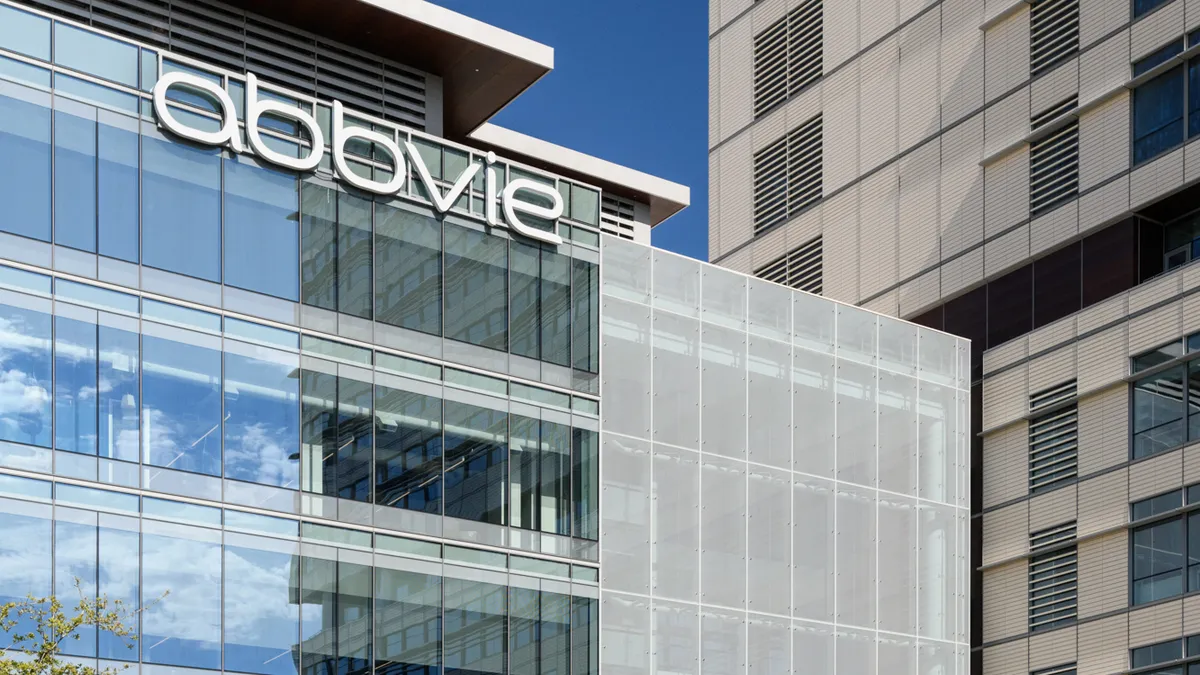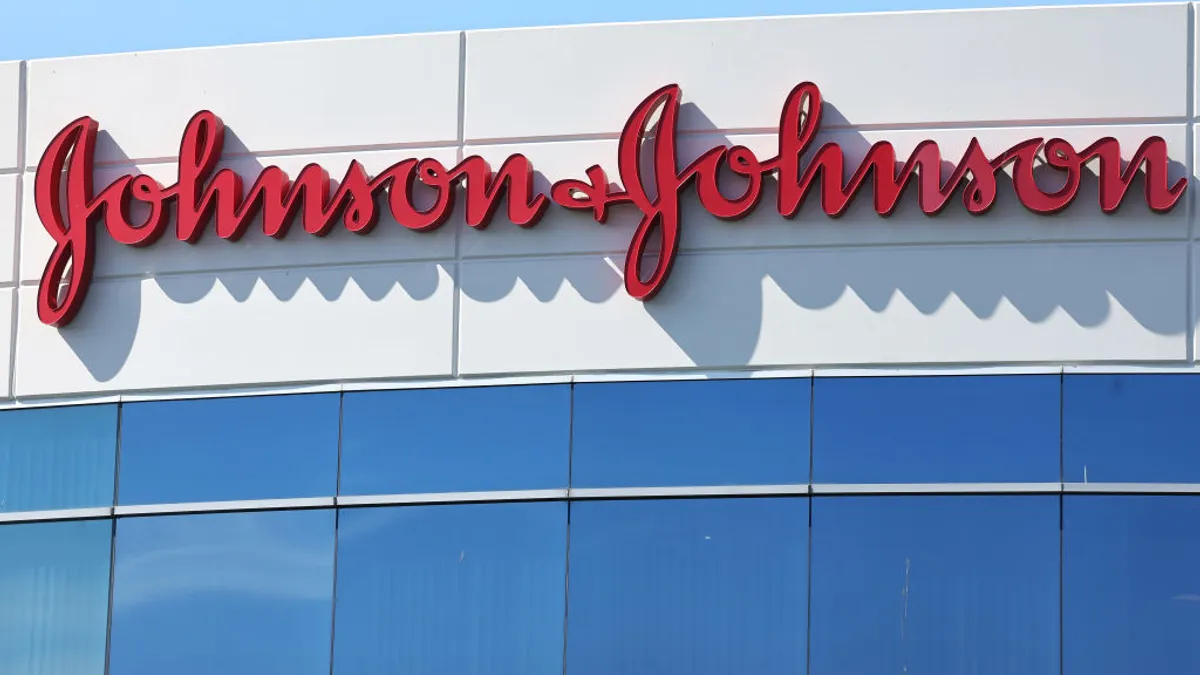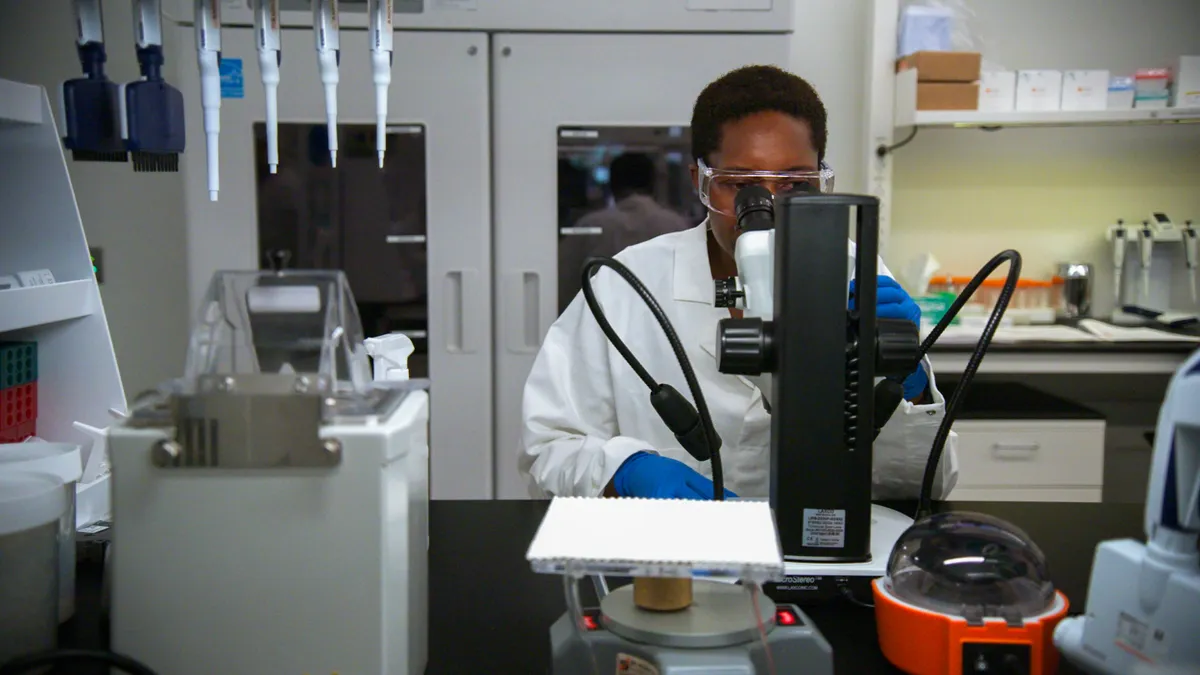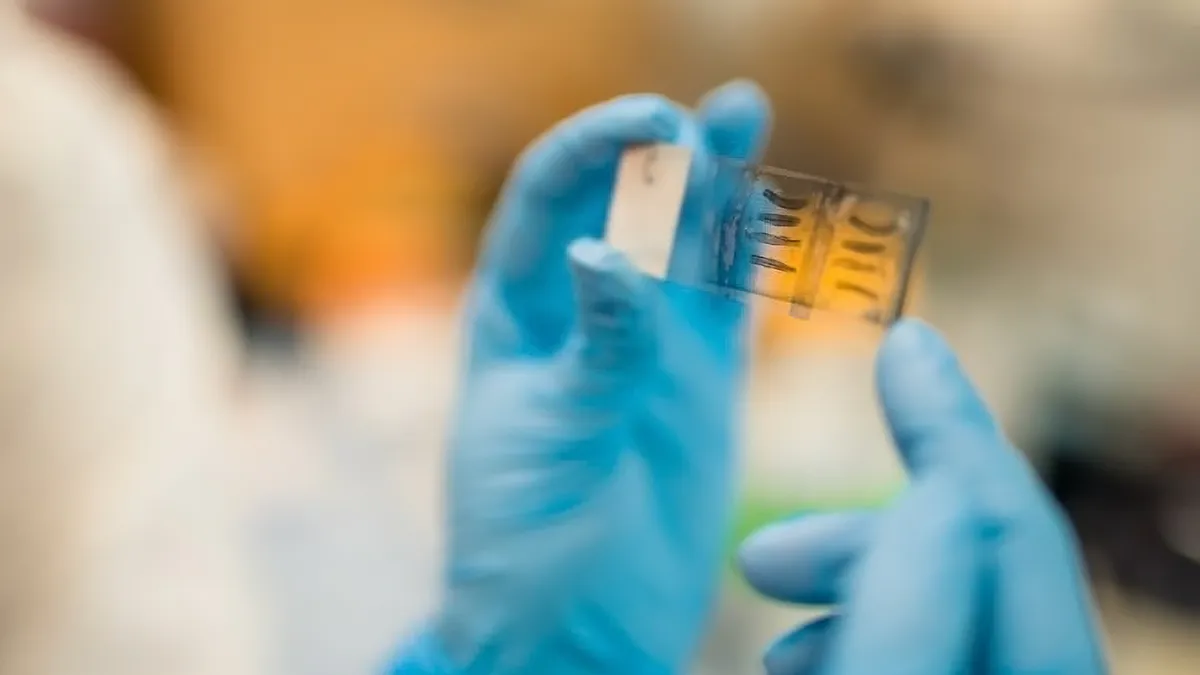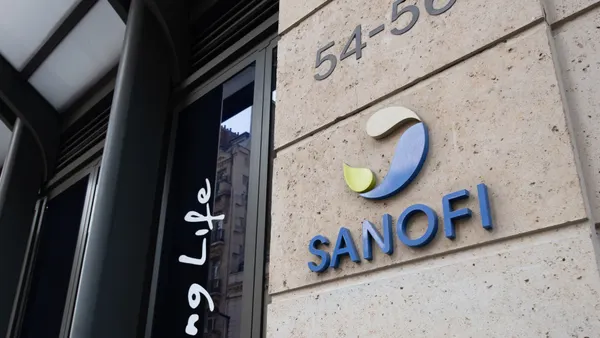Dive Brief:
- Rapport Therapeutics’ market value doubled on Monday after the neurology-focused drugmaker unveiled mid-stage study results for an experimental seizure medicine that widely beat analyst and investor expectations.
- Treatment with Rapport’s drug, called RAP-219, reduced the frequency of clinical seizures by 78% versus the study’s baseline, a result that was matched by a similar reduction in electrographic seizure signs measured by a brain implant.
- As a result, Rapport said it plans to advance RAP-219 into two Phase 3 trials in the third quarter of next year. Shares in the company climbed by as much as 194% Monday morning to swell its capitalization above $1 billion.
Dive Insight:
Rapport’s Phase 2 study was open-label and small, enrolling just 30 participants. Even so, the data the Boston- and San Diego-based company released Monday were enough to gin up analysts’ confidence that RAP-219 may prove an effective treatment for what are known as focal onset seizures.
Paul Matteis, an analyst at Stifel, described Rapport’s data in a note to clients Monday as a “best-case scenario.” Over at the investment bank Jefferies, analyst Andrew Tsai wrote in a separate client note that the results show “no real disadvantages” to RAP-219 treatment.
Rapport’s study had two main efficacy assessments. The first used an implant in patient’s brains to measure electrical activity in the brain, specifically a pattern known as “long episodes” that act as a biomarker for clinical seizures. On this measure, treatment reduced the frequency of long episodes by a median of 71%. Twenty-three of the 27 patients who were evaluated for this endpoint experienced a greater than 30% reduction, which Rapport had established as a clinically meaningful benchmark.
Trial investigators also measured reductions in the frequency of clinical seizures against a baseline taken at the study’s start. Following eight weeks of treatment, researchers reported a 78% median decrease in these episodes.
Matteis, in his investor note, highlighted how that 78% decline is far greater than what would typically be expected among patients given a placebo, who typically report a 10% to 25% decline in studies. “These data far exceed expectations,” he wrote.
Even if RAP-219’s efficacy degrades in late-stage testing — a relatively frequent phenomena as drugs move into larger and more rigorous studies — Jefferies’ Tsai wrote that RAP-219 could “still be considered best-in-class.”
There were no serious adverse events reported during treatment with RAP-219, although three patients discontinued the drug due to mild or moderate treatment-emergent adverse events. (One person experienced a panic attack, while two others experienced worsening of a preexisting memory impairment and anxiety, respectively.)
Rapport’s study specifically enrolled people whose seizures were resistant to treatment. Most were on two or three other antiseizure medications during the study, typically lamotrigine, levetiracetam or cenobamate.
“Despite the available therapies, up to 40% of patients with focal epilepsy continue to experience seizures,” Jacqueline French, the study’s principal investigator and a professor at NYU Langone Health, said in a statement provided by Rapport.
“The magnitude of the reduction in clinical seizure frequency seen in this trial, and the corroboration of the clinical activity from the objective biomarker, give me confidence that a medication like RAP-219 has the potential to be a highly effective [antiseizure medication] for drug-resistant focal seizure patients,” French added.
Rapport didn’t share details on the pivotal studies of RAP-219 that it intends to start late next year. However, it noted that it plans to meet with the Food and Drug Administration sometime during the fourth quarter.
In addition to focal onset seizures, Rapport is also studying RAP-219 in bipolar mania and diabetic peripheral neuropathic pain.
Launched publicly in 2023, Rapport was backed privately by the innovation arm of Johnson & Johnson, Third Rock Ventures and Arch Venture Partners, among other investors. The company went public in June 2024, raising about $140 million in gross proceeds.









